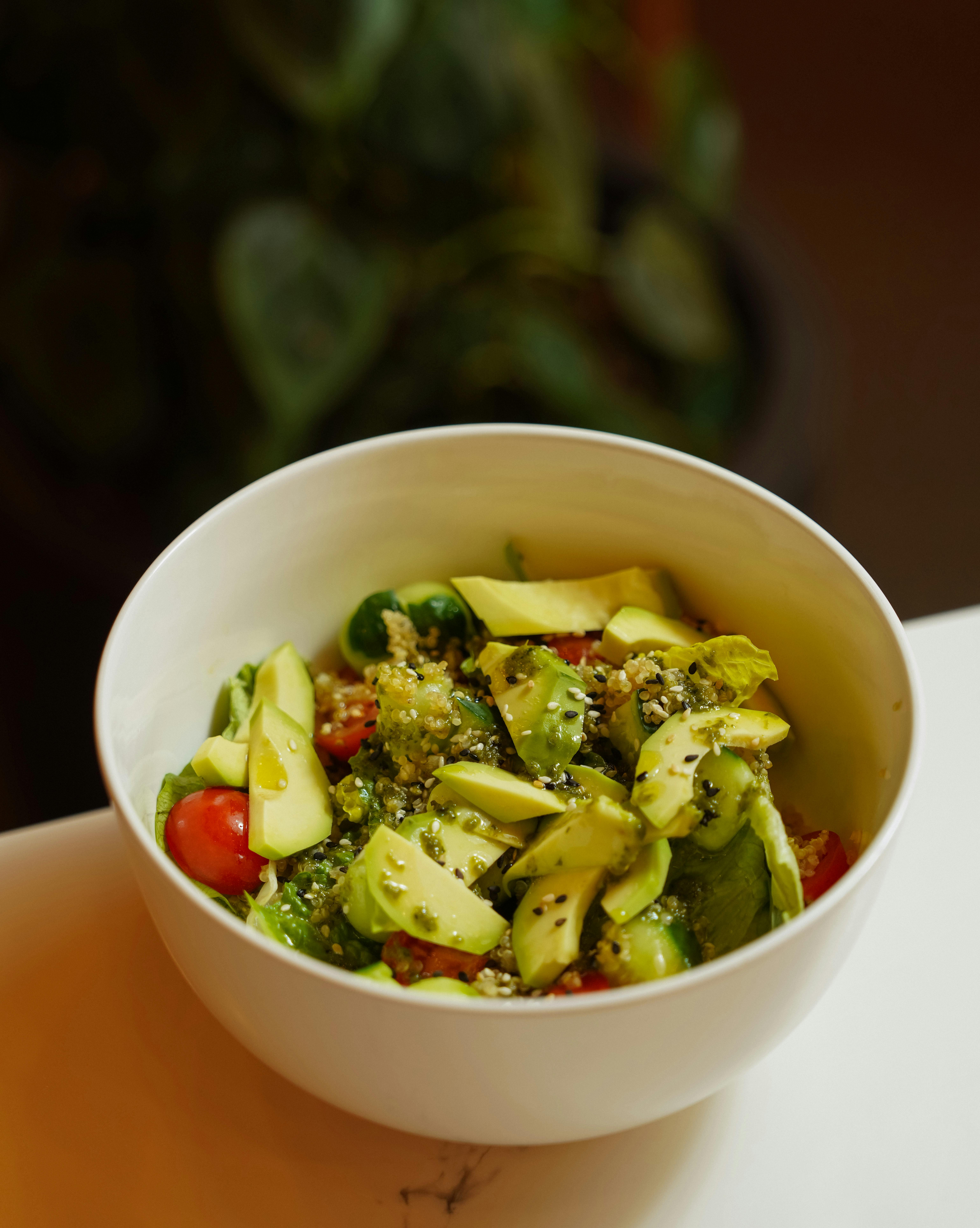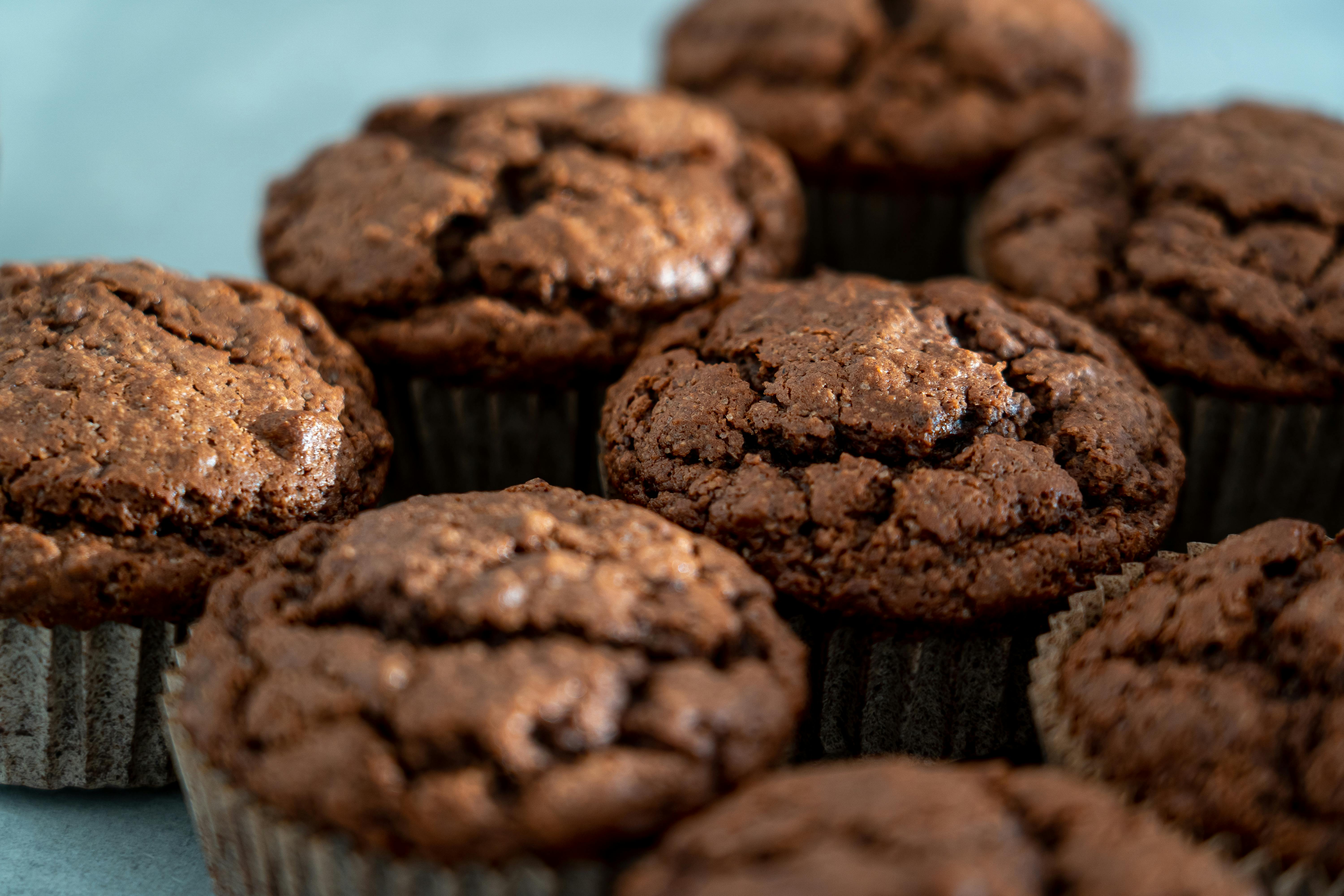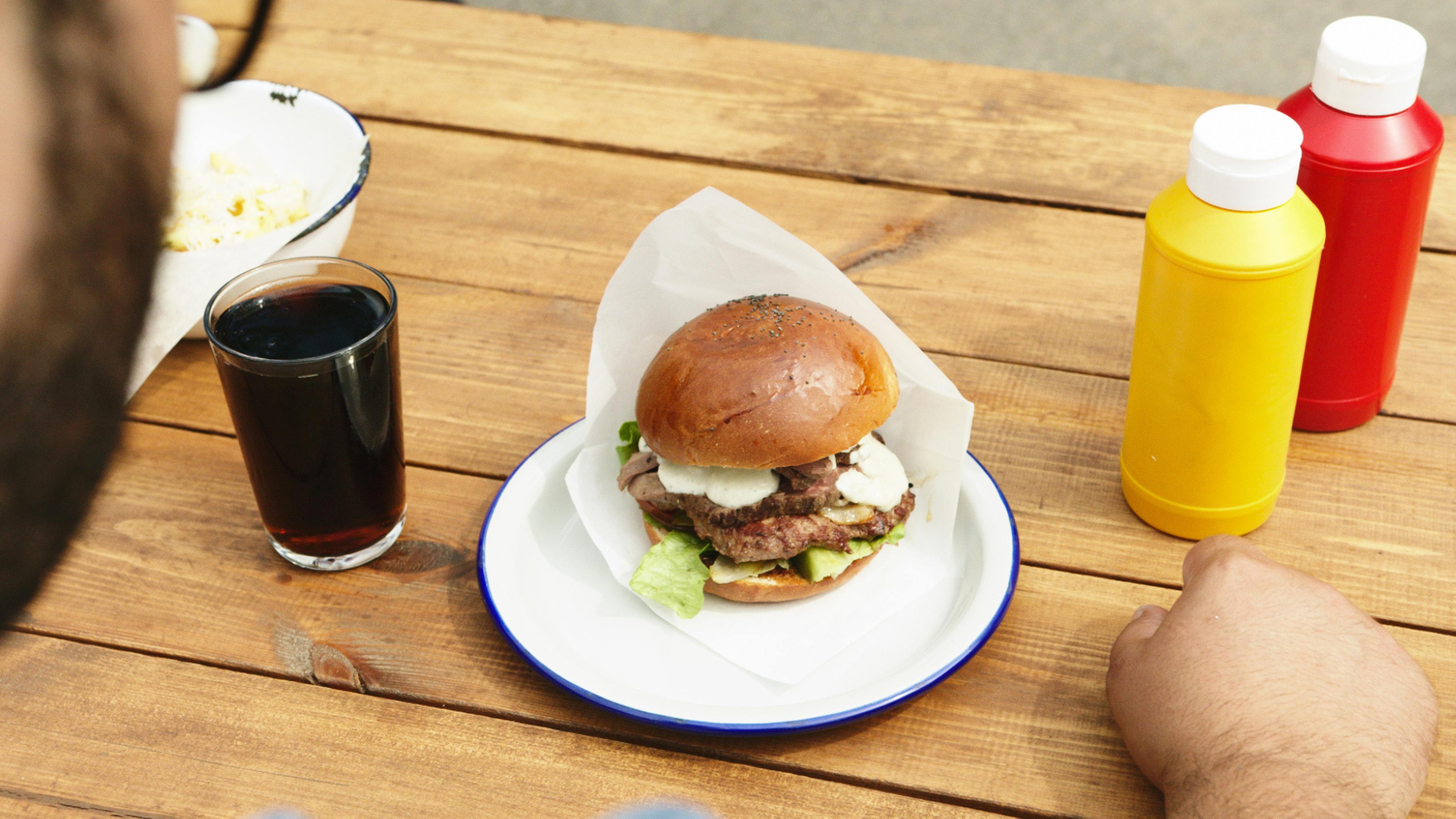Top 5 Practical Ways to Optimize 50 Grams in 2025
As we move into 2025, the importance of effective weight management techniques has never been more pronounced, with focus shifting toward practicality and sustainability. One of the greatest challenges many encounter is determining how to optimize their calorie intake. In the pursuit of healthy eating, it's essential to leverage strategies that facilitate weight loss while promoting a balanced lifestyle. In this article, we explore the top five practical ways to optimize your 50-gram diet, catered to support your wellness journey.
Implementing these strategies can help you achieve your fitness goals more effectively, ensuring that every bite contributes towards your overall health. Whether you are interested in meal planning, portion control, or healthier snack options, these insights will provide a roadmap to success. Let’s dive deeper into each strategy, highlighting how they connect to essential concepts such as calorie counting, hydration tips, and sustainable weight loss practices.
1. Effective Meal Planning for Weight Loss
Understanding Nutritional Balance
Effective meal planning is the cornerstone of a successful weight loss strategy, as it ensures that your meals remain nutritionally balanced. Creating a healthy eating plan focused on lean proteins, dietary fiber, and healthy fats can significantly improve your overall health outcomes. For instance, incorporating sources like chicken breast, lentils, avocados, and whole grains can help promote feelings of fullness while optimizing nutrient intake.
Additionally, tracking your progress through meal diaries can inform adjustments needed for maintaining a calorie deficit. Balancing energy intake with activity levels supports a healthy metabolism, enhancing fat loss and body composition management.
Meal Prep: A Time-saving Solution
Meal prepping is a popular technique that can greatly enhance your efficiency in maintaining a healthy diet. Taking time each week to prepare balanced meals can eliminate the stress of last-minute food choices and contribute to mindful eating practices. Aim to include a variety of food groups—vegetables, proteins, and grains—in your meal prep to ensure nutrition diversity.
For a practical application, consider batch cooking green smoothies or low-calorie meal components that can be easily combined throughout the week. This method can also be effective for managing dietary restrictions and ensuring that your meals align with your fitness training objectives.
Creating Balanced Meals
Creating balanced meals doesn’t need to be complicated. The key is to apply the principle of portion control and tailor your meals to include appropriate calorie counts. Aim for meals that contain about 50 grams per serving of carbohydrates, proteins, and fats combined, adjusting based on your specific health goals.
Monitoring portion sizes is crucial, as it directly relates to weight management techniques. Use measuring tools or visual references to guide your servings, especially while eating out. Successful meal planning should align with your calorie counting approach and accommodate your fitness routines.
2. Leveraging Exercise Routines Effectively
Incorporating Strength Training
Strength training is a vital component of an effective workout plan for weight loss. By incorporating resistance exercises into your routine, you can enhance muscle mass, which in turn boosts metabolism and contributes to long-term fat loss. Engage in activities that target multiple muscle groups, allowing for a balanced approach to fitness training.
Include progressive overload techniques to continually challenge your body, ensuring you see fitness results. Common exercises include squats, deadlifts, and push-ups, and they can be tailored to suit any fitness level.
Intensifying Cardio Workouts
Aside from strength training, cardio workouts play an essential role in burning calories and supporting fat loss techniques. Effective workouts can range from high-intensity interval training (HIIT) to longer steady-state sessions, depending on your fitness goals. Experiment with different types of cardio such as running, cycling, or swimming to keep your routine engaging and prevent plateaus.
Consider combining cardio and strength training to maximize workout benefits. This fusion not only aids in weight loss motivation but also promotes cardiovascular health, ensuring you maintain a well-rounded exercise approach.
Tracking Your Fitness Progress
Tracking your fitness progress with the help of fitness apps or wearables can provide valuable insights into your weight loss journey. Monitoring parameters like workout intensity, frequency, and duration allows for precise adjustments to your routines, ensuring you remain aligned with your health goals.
Documenting these metrics also provides motivation, giving tangible evidence of your hard work. Moreover, accountability partners—friends or family—can robustly support your fitness endeavors, helping you stay committed to your exercise strategies.
3. Mindful Eating Practices
Understanding Hunger Cues
Conscious eating and understanding your hunger cues are pivotal for forming healthier eating habits. Mindful eating encourages paying attention to food flavors and textures, promoting a healthier relationship with eating. To implement this, take your time during meals, chew slowly, and savor each bite. This practice can help improve appetite control and prevent emotional eating habits, which often lead to overeating.
In addition, being aware of how external factors such as portion sizes or food environment impact your food choices can greatly improve your eating decisions. Recognize moments when you might eat out of boredom versus genuine hunger.
Healthy Swaps to Enhance Meals
Making healthy swaps in your meals can lead to significant long-term changes in your dietary habits. Opting for whole foods instead of processed options can enhance your nutritional balance and reduce calorie intake. For example, swap white rice for cauliflower rice, and choose low-calorie dressing options for your salads.
Incorporating new healthy recipes into your meal ideas can also introduce variety and excitement into your dietary plan. Look for new smoothie recipes or low-carb meal options that can help maintain your wellness journey.
Utilizing Food Labels Wisely
Understanding food labels is essential in making informed food choices that align with your weight loss strategies. Pay special attention to serving sizes, caloric content, and macronutrient distribution. This knowledge empowers you to make strategic food purchases and enhances your ability to create balanced meals.
Don't forget to look for insights on healthy fats and dietary fiber content, both crucial elements in any healthy eating plan. Making informed choices about your food selections can drive sustainable weight loss and lead you to success.
4. Hydration and Its Impact on Weight Loss
The Importance of Hydration
Staying adequately hydrated is vital for overall health, particularly during weight loss efforts. Often, feelings of hunger can be mistaken for thirst, leading to unnecessary calorie consumption. Aim to drink plenty of water throughout the day, as hydration best practices can help suppress appetite and boost metabolism rates.
Additionally, incorporating hydration tips into your daily routine, such as keeping a water bottle handy or setting reminders, can significantly improve your fluid intake. Don't overlook herbal teas or infuse your water with fruits and herbs for added flavor while minimizing calorie intake.
Green Smoothies and Low-Calorie Drinks
Incorporating green smoothies can be an effective strategy for increasing your dietary fiber intake while helping you feel fuller longer. They're a delicious way to include nutrient-rich vegetables and fruits in your diet, supporting your overall health.
While selecting drinks to accompany your meals, be mindful of calorie counts and consider low-calorie beverage options. Prepared smoothies or infused waters can be nutritious choices that don't compromise your calorie count or weight loss efforts.
Adequate Water Intake and Energy Levels
Research indicates that sufficient hydration can boost exercise performance and energy levels. Dehydration can lead to fatigue, negatively affecting workout intensity and motivation. By maintaining proper water intake, you help ensure your body performs optimally during both cardio workouts and strength training sessions.
Monitoring your hydration can also contribute significantly to your recovery. For those in intense fitness training, more focus on rehydration is essential after workouts, ensuring you support your body’s recovery process.
5. Seeking Support and Accountability
Weight Loss Coaching and Community Support
Engaging with weight loss coaching or wellness programs can provide structure and tailor your approach to meet your individual needs. Consulting a personal trainer can sharpen your fitness training efforts, offering professional support as you navigate your weight loss journey.
Furthermore, many communities support accountability partners and programs, which can bolster motivation and commitment. Sharing your challenges and successes with others makes the process of achieving fitness goals less isolating and more collaborative.
Developing Mindset Shifts for Success
Equally important is developing a positive mindset shift throughout your wellness journey. Recognizing that sustainable dieting necessitates individualization helps you focus on what works best for your body. Explore behavioral change techniques and how they can support your advancement in healthy habits.
With every small victory, celebrate your progress and ensure that you lean into methods that promote mental wellness alongside physical health.
Tracking Progress and Adjusting Goals
Regularly tracking your weight loss progress is crucial in understanding what strategies work and what needs adjustment. Utilize fitness tracking apps or journals to document weight changes, measurements, or workout statistics. This allows you to identify patterns that promote success or highlighting areas requiring attention.
Being flexible and willing to adjust your health goals as you progress can support achieving sustainable weight loss. Adjustments in your meal planning or exercise intensity may be necessary, ensuring you stay well-tuned to your body’s needs.


Conclusion
Successfully optimizing your 50 grams in 2025 demands a multifaceted approach that embraces effective meal planning, strategic exercise routines, mindful eating practices, and comprehensive support systems. By applying the techniques discussed, you are better positioned to navigate your weight loss journey and achieve your health goals. Remember, every small change can lead to significant results over time. Embrace sustainable habits, and you'll ensure your path towards a healthier lifestyle is just as rewarding as the outcome.
